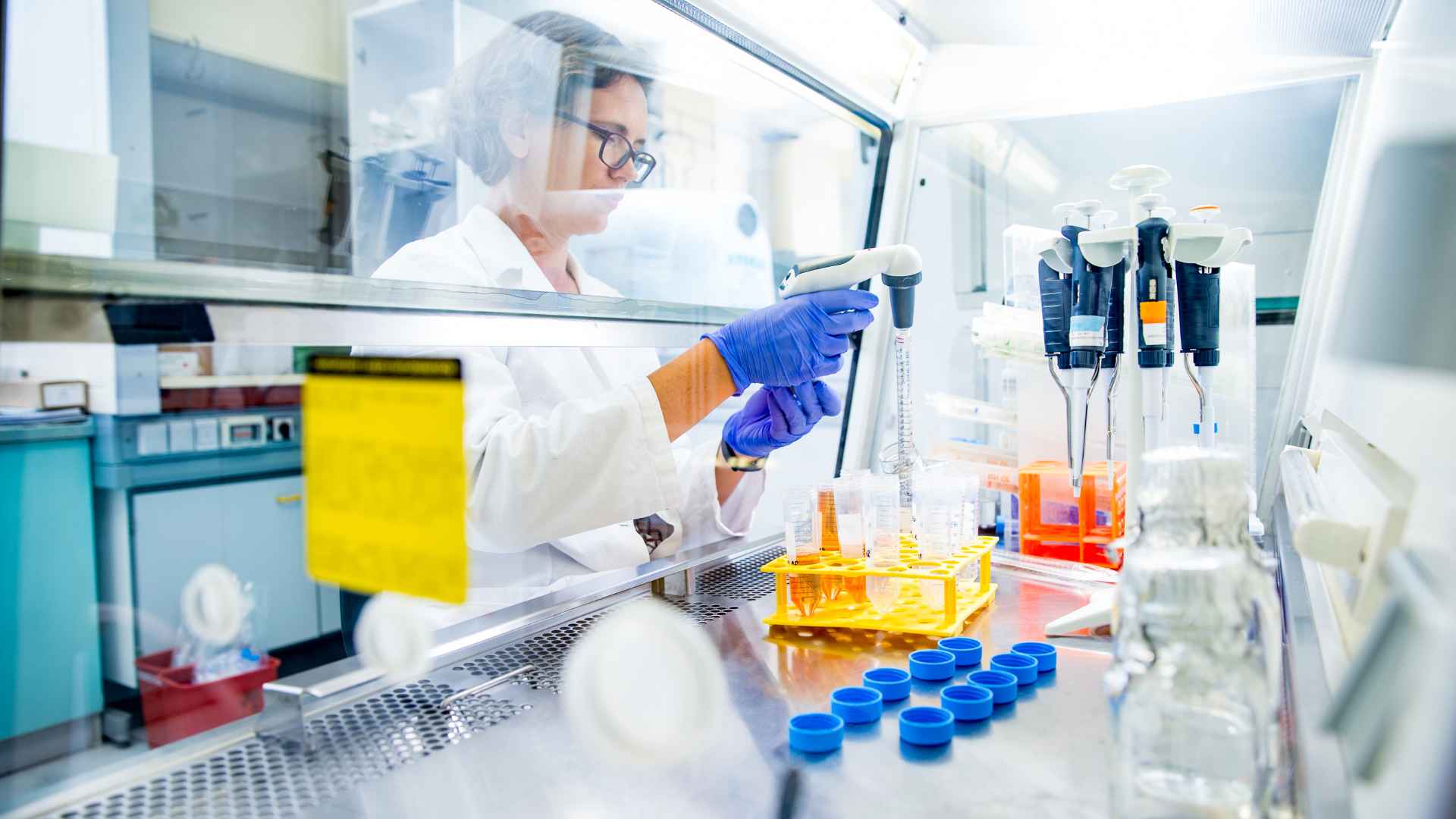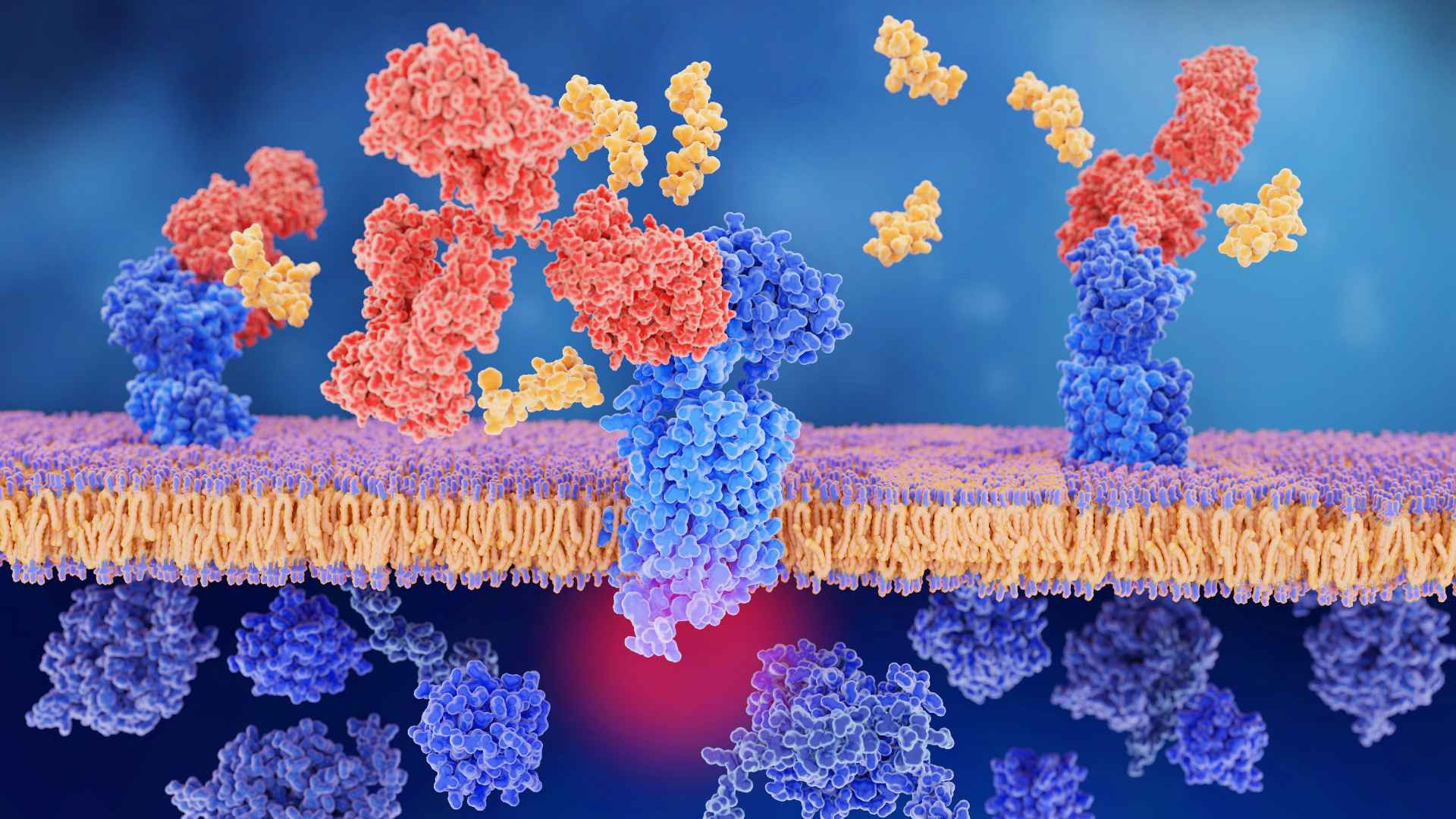The Kirby-Bauer disk diffusion method, named after its developers W. M. M. Kirby and A. W. Bauer, served as the solution for the confusion caused by a lack of uniformity and a standardized procedure for the disk diffusion method that gained popularity in the 1950s.
The method officially became the standard for susceptibility testing by The World Health Organization in the year 1966.
In this procedure, an antibiotic is applied to a disk that is then placed in an agar plate inoculated with bacterial culture. The antibiotic diffusion into the agar creates a gradient of antibiotic concentration. In the time span of about 6 hours, the antibiotic in its most concentrated area (near the disk), can pass the Minimal Inhibitory Concentration (MIC) threshold, and create an inhibition zone where bacteria die, or their growth is greatly diminished. The size of the inhibition zone depends on the antibiotic effectiveness and the ability of the bacteria to defend against it.
The purpose of this test is to determine the sensitivity or the resistance of a certain bacterium, be it aerobic or facultative anerobic, against differing antimicrobial compounds. The extent of growth or lack thereof around the disks is a measuring parameter of the ability of that antibiotic to inhibit those specific bacteria.






